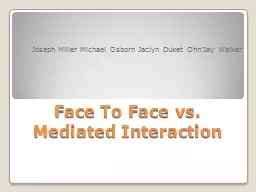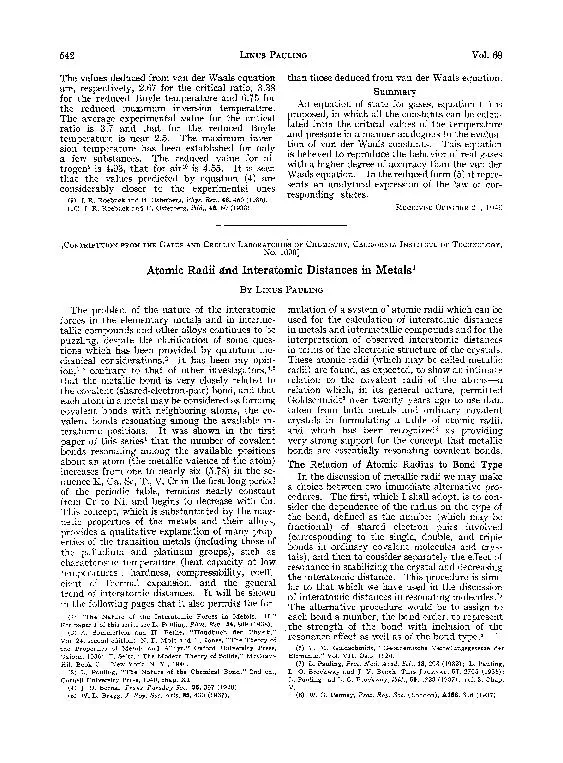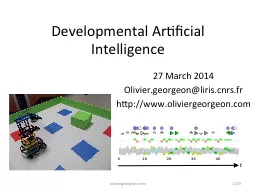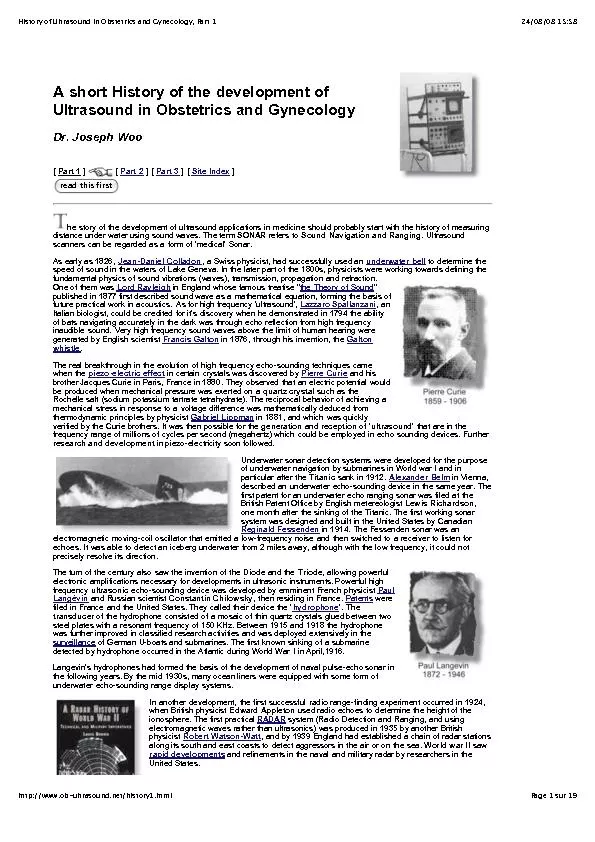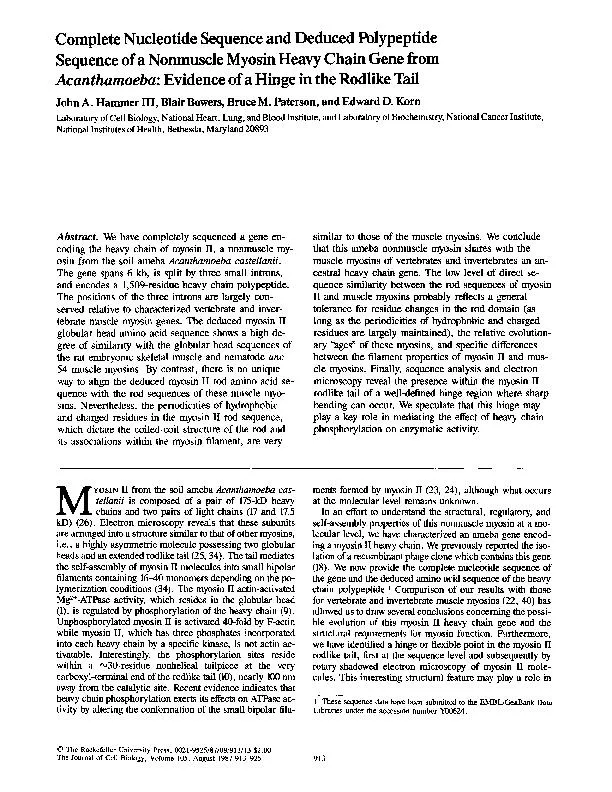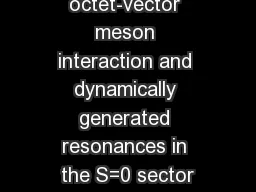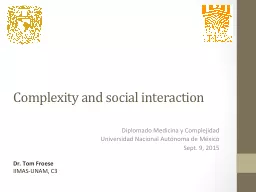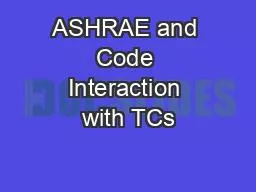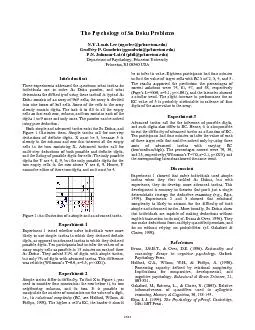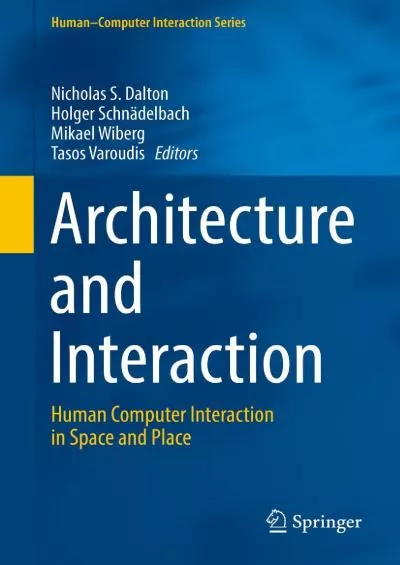PPT-How much about our interaction with – and experience of – our world can be deduced
Author : giovanna-bartolotta | Published Date : 2019-06-22
Conscious and unconscious inference Karl Friston University College London Overview The statistics of life Markov blankets and ergodic systems simulations of
Presentation Embed Code
Download Presentation
Download Presentation The PPT/PDF document "How much about our interaction with – ..." is the property of its rightful owner. Permission is granted to download and print the materials on this website for personal, non-commercial use only, and to display it on your personal computer provided you do not modify the materials and that you retain all copyright notices contained in the materials. By downloading content from our website, you accept the terms of this agreement.
How much about our interaction with – and experience of – our world can be deduced: Transcript
Download Rules Of Document
"How much about our interaction with – and experience of – our world can be deduced"The content belongs to its owner. You may download and print it for personal use, without modification, and keep all copyright notices. By downloading, you agree to these terms.
Related Documents


